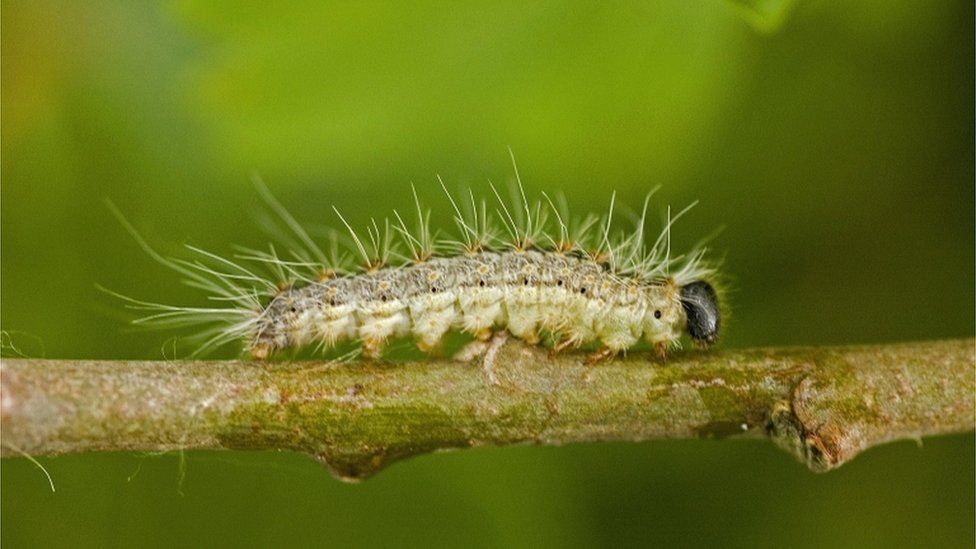Have you ever noticed those small, fluffy creatures crawling around? So, what are they? Well, they’re called worms. Warms are the bigger versions of caterpillars. They might look a bit strange with their fuzziness, but they have a crucial role in nature.
Some are small, while others can be quite large. You may have seen them munching on leaves, and some of them are swims. Worms are eating machines and eat a lot to grow big and strong.
We’ll learn about these fascinating creatures using a comprehensive caterpillar identification chart. And see their size, how they grow, and why they’re so important for our environment.
So, let’s find out more about these amazing creatures!
What are Worms?
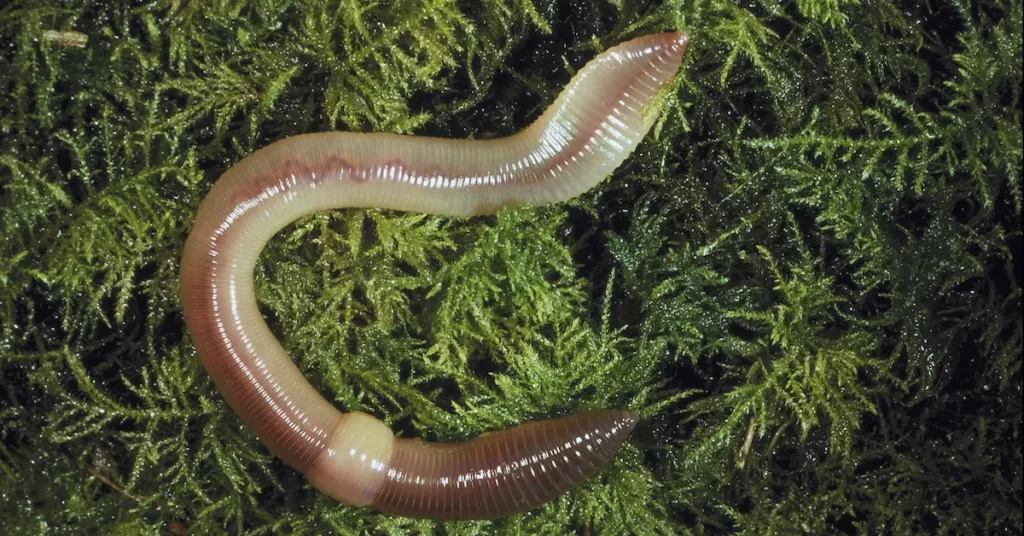
Worms are creatures without backbones and can be found in many different shapes, sizes, and colors. However, there’s a unique group of worms known as fuzzy worms.
Unlike regular earthworms, these fuzzy worms belong to various groups called Arthropods, including insects, spiders, and crustaceans. Now, let’s find some interesting facts about these fuzzy worms.
Types of Worms
1. Fall Webworms
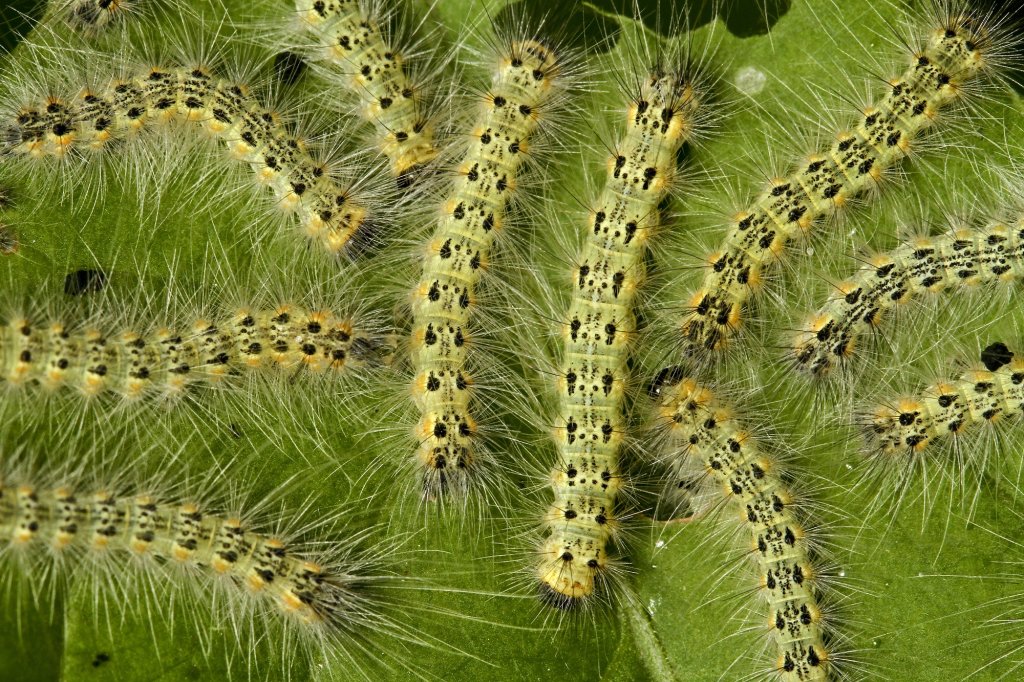
Fall webworms, scientifically named Hyphantria cunea, are interesting little creatures commonly spotted in North America. These tiny, fuzzy worms stand out because of how they act and look. Fall webworms are quite small, measuring around 1 inch (2.5 cm) on average. Even though they’re small individually, they can come together in big groups and create noticeable nests.
Raising of Fall Webworms
Fall webworms are famous for their special way of building nests. They make these complex webs covered in silk, and you’ve probably noticed them at the ends of tree branches. These webs serve as a shield and a place to eat. Inside these webs, the worms munch on the leaves of different kinds of trees, such as apple, cherry, and walnut trees. While they grow up, these webworms change a lot. They become fuzzier and get a layer of tiny hairs as they get older.
2. Segmented Worms
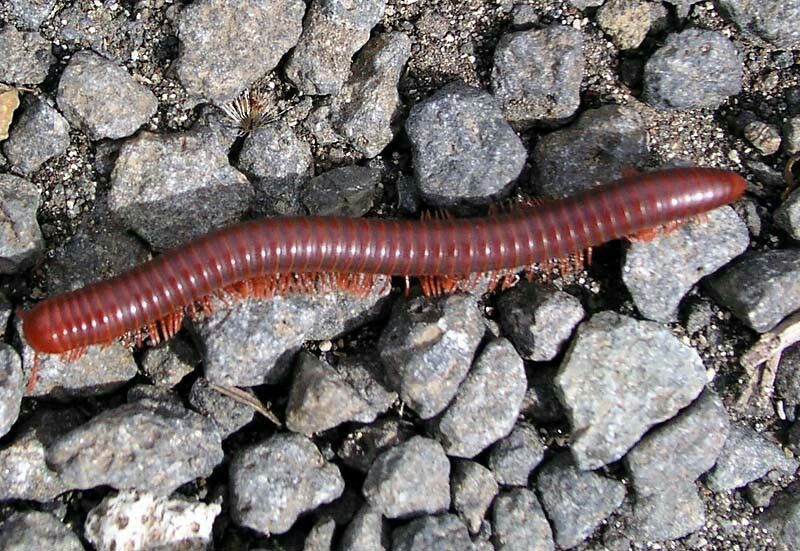
Segmented worms, also known as invertebrates with many repeating body parts, come in various types and are easy to spot because of their repeating segments. You can find them in various places worldwide, and they’re super important. These worms can be tiny or huge, depending on the kind. Some are just a few millimeters long, while others can stretch out for several meters. The most famous segmented worm, the earthworm, usually reaches about 6 inches (15 cm) in length.
Raising of Segmented Worms
Segmented worms have special ways of living. Earthworms, for instance, are famous for digging tunnels in the ground. This helps air get into the soil and nutrients move around, which is good for plants and the soil itself. In the water, you can find various types of segmented worms, like colorful and poisonous marine bristleworms or filter-feeding fanworms. These creatures play an important role in the ocean by breaking down organic stuff and serving as food for other animals.
3. Ribbon Worms
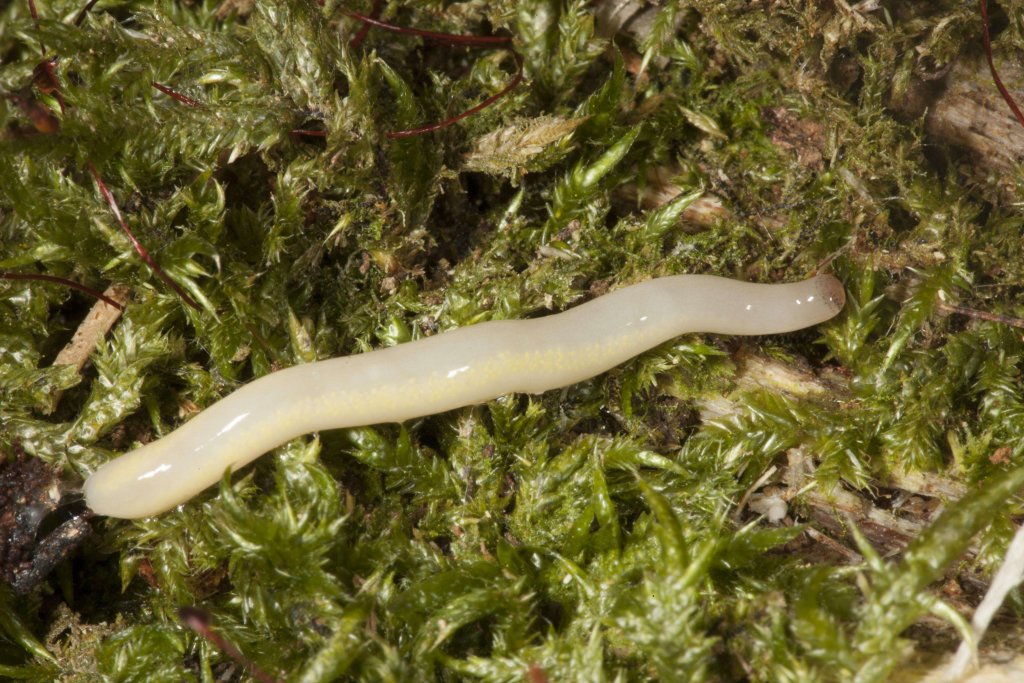
Ribbon worms, scientifically called Nemertea, are fascinating sea animals known for their super long, ribbon-shaped bodies and special ways of catching food. These worms come in various sizes. Some are just a few centimeters long, while others can grow as long as 30 meters. Even though they’re so long, they’re really skinny.
Raising of Ribbon Worms
Ribbon worms have cleverly adjusted to living in the ocean. They have long, bendy bodies that help them catch food such as tiny crustaceans and other worms. When they hunt, they stretch out a tube-like thing called a proboscis and use a sticky goo to grab and stop their prey. Ribbon worms can also regrow body parts if they get hurt or cut off, which is really cool because it helps them stay alive in the ever-changing ocean.
4. Beard Worms
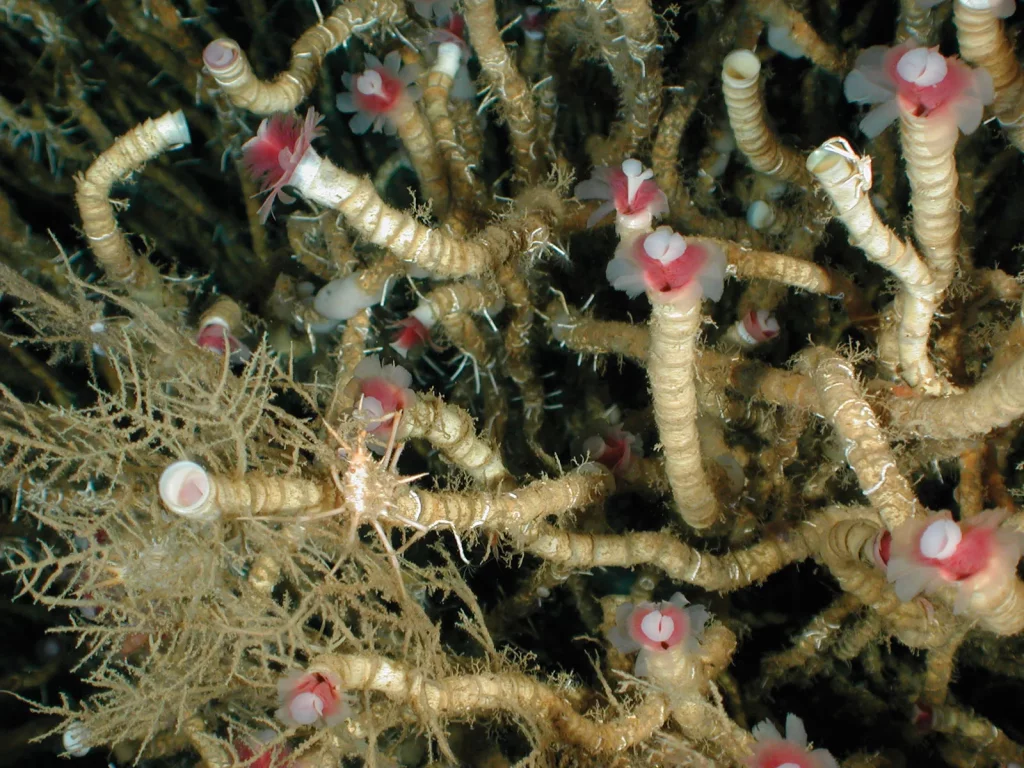
Beard worms, also called Vestimentifera in science, are incredible deep-sea worms that have amazing ways of living in very tough places, such as hydrothermal vents and cold seeps. These worms can be small or really long. Some are just a few centimeters, while others can be many meters long. They have long, thin bodies that look like tubes and are covered in something like a soft, fluffy beard.
Raising of Beard Worms
Beard worms are amazing creatures that have developed special features to survive in tough places. They don’t have a mouth or a way to digest food alone. Instead, they team up with tiny bacteria that live inside them. These bacteria can turn chemicals like hydrogen sulfide and methane into food that both the worms and the bacteria can use. These worms are really important in deep-sea areas because they provide food for different animals, such as deep-sea fish.
5. Oak Worms
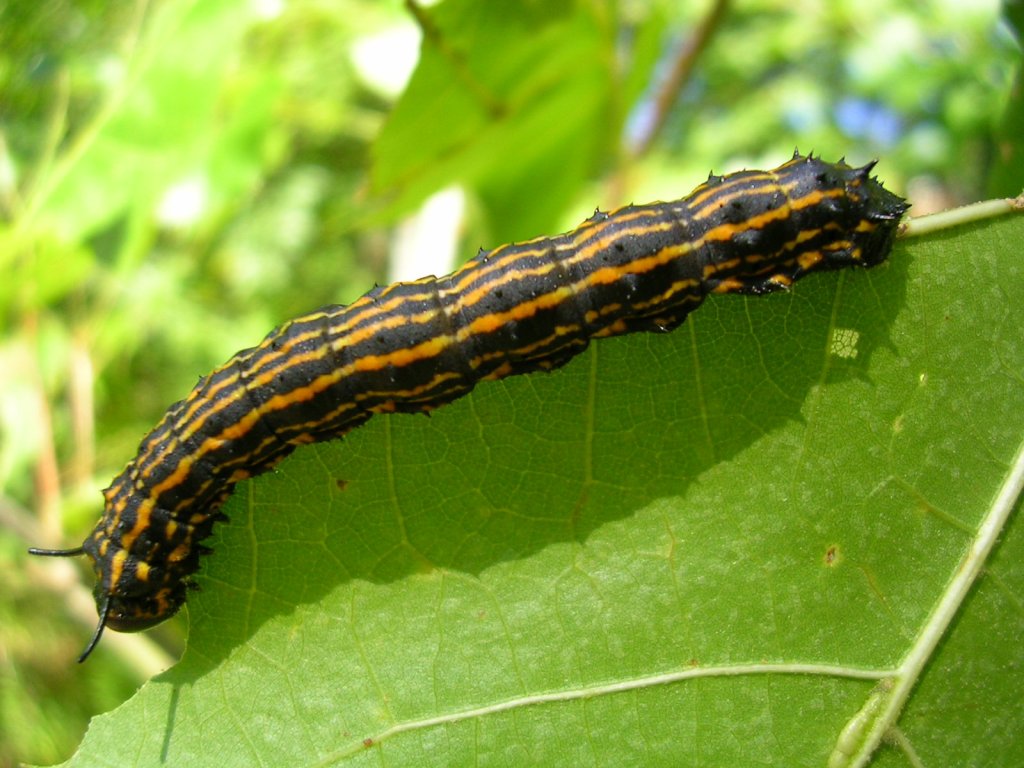
Oak worms, also called oak leafrollers, are caterpillars that eat oak tree leaves. You can find them in different places in North America. These caterpillars change in size as they grow. When they’re young, they’re about 1 to 2 inches long (2.5 to 5 cm). But as they get older, they turn into moths.
Raising of Oak Worms
Oak worms are plant-eating bugs found in oak tree homes. When they’re young caterpillars, they munch on oak leaves, which can strip some leaves off in certain spots. But oak trees have developed ways to handle this munching, like growing new leaves. These caterpillars are important meals for birds, insects, and other animals in oak forests, helping keep the ecosystem in balance. Some oak worms later become moths, becoming part of the intricate connections in their home environments.
Conclusion
Baby caterpillars are often called fuzzy worms. Worms are insects that turn into butterflies or moths when they grow up. They have soft bodies and move by crawling. We learned that worms come in many different colors and sizes. Some worms have spikes or hairs that can sometimes be irritating, so it’s best to admire them from a distance.
Worms are important for our environment because they help plants grow. So, the next time you encounter a fuzzy worm, remember that it will become something extraordinary.
By caring for nature, we ensure the well-being of all its inhabitants, including these little worms.

